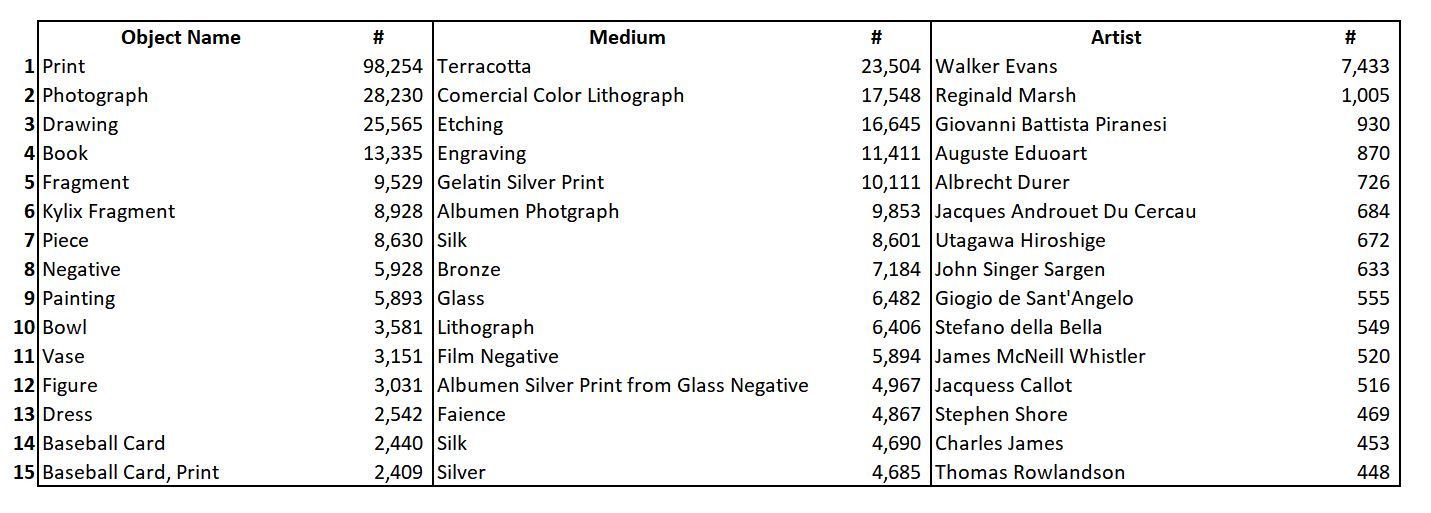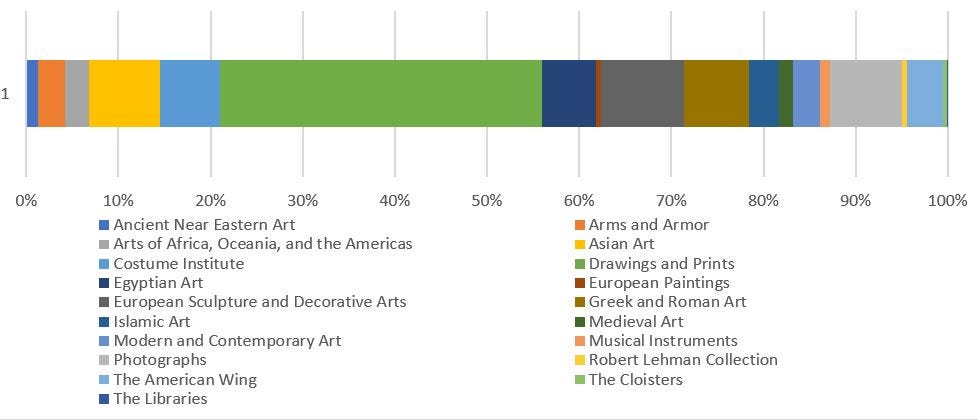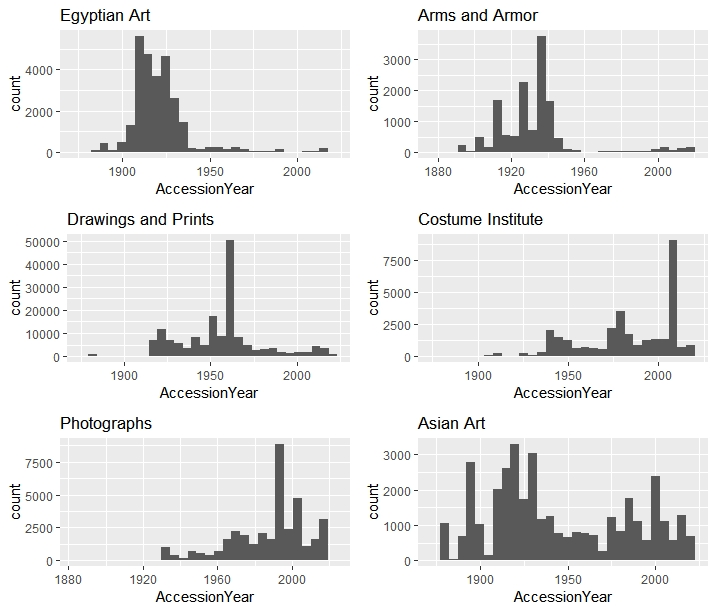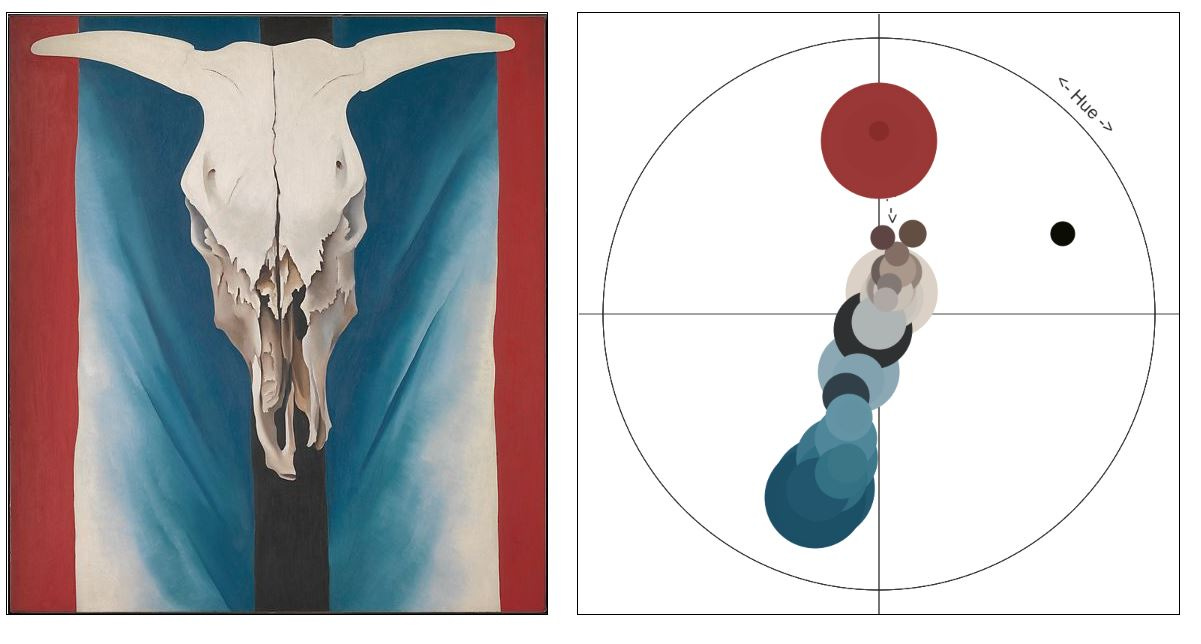The upstate New York elementary school building I attended was sold to a well-known New York City art gallery owner. The same halls which have now held the masterful touches of Warhol and Basquiat used to be the home to classics such as my crayon masterpiece Duck.
You may be snobby and only interested in the kind of art found at the Metropolitan Museum of Art. Fortunately for you, it is totally possible to obtain something at a reasonable price. For under $5,000, you can get this trading card of baseball legend Willie Mays. Yes, this piece of art is hanging in the corridors of the Met just a few feet away from Van Gogh, a mummy, and a bunch of antique chairs. Why not treat yourself to a little fine art?
The Met has everything (but not Duck), and it is possible to get lost for hours. If you were to spend 2 minutes on each piece of art, you would not be home for years. Because we do not have that kind of time, 2xParked will give you a five minute rundown.
I May Not Know Art…
Fortunately, the Metropolitan Museum of Art has an amazing public dataset which keeps track of its inventory. Updated last week, I used this dataset to understand what is on the floors of this NYC flagship gallery. This includes data from nearly 500,000 artworks.
The diversity of the art is wide. Below are the top 15 types of objects, mediums, and artists on display. For the top display artists, I only included individuals credited as the display artist. If I had included companies, it would have looked like an advertisement for a smoke room. Kinney Brothers, W. Dukes, and Allen & Ginter were among the leading artists, mostly due to producing many of the pre-1950 baseball cards showcased. That Willie Mays baseball card looks a bit more attractive now.
Most of this art is in the drawings and prints collections (37%), while the other collections are pretty evenly distributed.
This does not tell the full story. Let’s break down the percent of different collection acquisition by year. Besides looking like art worthy of the Met, we see there are four distinct periods of acquisitions:
Before 1900: Anything worth anything was collected. You have to start a museum somewhere.
1900-1945: Acquisition of the classic “old stuff”, such as the Egyptian Art, Armor, and Greek/Roman Art. This is reflected a lot in popular culture representing that time. For example, Raiders of the Lost Ark is set in 1936 and The Mummy is set in 1926.
1945-1970: The rave was all drawing and prints. A lot of this can be credited to improved relationships with contemporary artists and the founding of a separate curated area in the 1960s.
1970-today: The collections for costumes, photographs, and African arts increased. In 1973, the Met Gala changed to the distinguished modern gathering of luxury, fame, and money it is today.
Furthermore, we can see these patterns confirmed when we break down each department by acquisition year. What is interesting, which I included in these histograms, is the steady intake of Asian Art. Unlike the other departments which had troughs after highs, Asian Art acquisition has remained in demand. .
What do you see when you are there? The better question might be, what are you seeing? Using this little tool which breaks down the color saturation and hue, I used it on a few of the more famous paintings you can find at the Met (sourced from the Met archive pictures). The hue refers to the kinds of colors you see in the painting (remember the color wheel as a child?) while the saturation looks at intensity (the further from the center, the more saturated).
Autumn Rhythm (Number 30) by Jackson Pollack
Washington Crossing the Delaware by Emanuel Leutze
Cow’s Skull: Red, White, and Blue by Georgia O’Keeffe
Although completely different in form, the colors from Jackson Pollack’s paint drip and the iconic George Washington painting are extremely similar. Meanwhile, Georgia O'Keeffe intense color scheme helps separate the paintings from the other millions of art in the collection.
"Museum" was drawn by Ink&thyme, drawing life's unforgettable moments. For unique art drawn just for you, check them out on Facebook and on Instagram.
To subscribe to future newsletters, click here.
For more content, follow 2xParked on Twitter @2xParked.
Comments? Suggestions? Questions? Email me at 2xParked@gmail.com.










